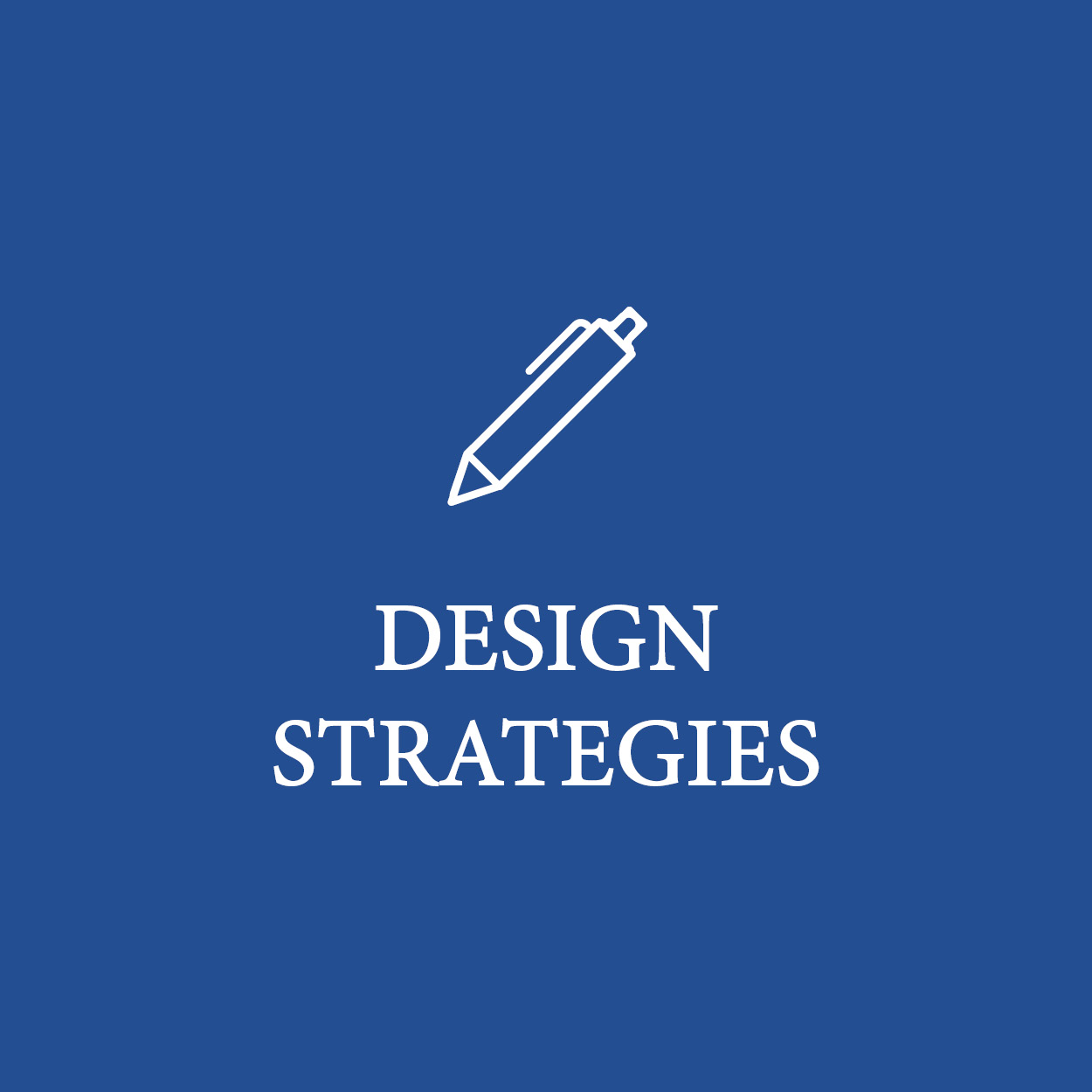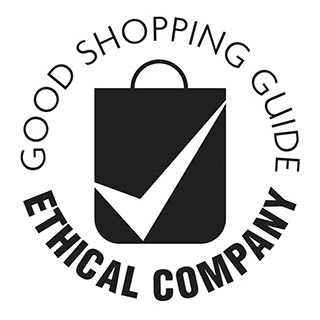The Design Process

The design process is where core decision-making begins. What kind of materials will the shoes be made from? What are the main intended uses? How will they be manufactured? What happens to the shoes after the user is done with them? When answering these questions, there are a number of legal commitments and voluntary considerations that you should be aware of.
Legislation
At a very basic level, there are legal requirements that should be covered. The following information is just a brief overview, but it’s important stuff that is worthwhile sifting through - even if it is a little complicated and dry! So, which legal regulations are relevant?
The European Labelling Directive for Footwear (94/11/EC)
Labelling must provide information on the composition of the three main parts of footwear (upper, lining/sock and outsole) - this applies to footwear imported into the EU and not footwear manufactured in EU.
The General Product Safety Directive (2001/95/EC)
This directive was established to ensure that products put on the market are safe. For the footwear industry, there are specific criteria that affect the safety of shoes in the EU market, which you can read about here.
COSHH
COSHH requires UK employers to control substances that are hazardous to health. Exposure can be prevented or reduced in a number of ways as recommended by HSE e.g. by finding out what the health hazards are and planning for emergencies.
REACH regulation (EC1907/2006)
REACH stands for the Registration, Evaluation, Authorisation and restriction of Chemicals. The main aims are to “ensure a high level of protection for human health and the environment” [1] *
Here’s a list of current REACH legislation for a spot of ‘light’ extra reading
* Greenpeace claims that lobbying from the chemicals industry weakened the regulations and ChemTrust suggests that the enforcement of REACH is not up to scratch. There are approximately 30,000 substances in use in the EU and around 300 new substances are registered every year. Even though each substance is tested, there still isn’t enough information about the health and environmental effects of most of these substances.
Upcoming EU Legislation
In December 2023, the EU formally adopted the following legislative proposals which now await implementation:
Ecodesign for Sustainable Products Regulations (ESPR)
Aims to improve various social and environmental aspects of products and enable consumers to make informed purchasing choices. The regulations include introducing a Digital Product Passport which will likely be required to document the product's entire life cycle, the environmental impact, and map the supply chain.
Corporate Sustainability Due Diligence Directive (CSDD)
Aims to foster sustainable and responsible corporate behaviour and to anchor human rights and environmental considerations in companies’ operations and corporate governance. The new rules will ensure that businesses address adverse impacts of their actions, including in their value chains inside and outside Europe.
Standards
Whilst legislation is the law, standards are an agreed way of doing something which you can choose to follow voluntarily. There is sometimes an overlap - standards can be used to help draft legislation. But “following a standard doesn’t guarantee that you’re within the relevant laws” because the legislation could change within the lifetime of the standard. [2]
ISO (International Organization for Standardization) the widely regarded standard-setting body certifies a number of social, environmental, and quality standards including: Environmental Management (ISO 14001), Health & Safety (ISO 45001) Social Accountability (SA 8000), and Quality Management System (ISO 9001).
The most recent standard the ISO launched (and possibly the most relevant standard considering climate emergency), is for the Sharing Economy (ISO 42500) - launched in December 2021. Dr Kernaghan Webb, Convenor of the ISO group of experts that developed the standard explains: “The sharing economy has the potential to truly transform our world, reducing overconsumption and even creating communities. Its growth depends on there being a solid base of trust built through transparency and accountability.”
What standards apply to specifically to shoes?
The CEN (Comité Européen de Normalisation/ European Committee for Standardization) “is an association that brings together the National Standardization Bodies of 33 European countries” [3] like BSI or ISO standards. There are several CEN standards that mention the word “footwear” in the title, so the following are just a selection. Unfortunately, they all require purchasing in order to read them in full:
CEN ISO/TR 16178:2012 Footwear - Critical substances potentially present in footwear and footwear components - which describes a list of critical chemical substances, potential risks, which material they may be found in, and what test methods can be used - purchase here to read in full.
EN 14602:2012 Footwear - Test methods for the assessment of ecological criteria - designed to define what test methods are needed to correctly issue the footwear Ecolabel - purchase here to read in full.
EN 12940:2004 Footwear manufacturing wastes - Waste classification and management - which specifies the stages involved in generating waste in footwear manufacture and how these waste streams are normally managed - purchase here to read in full.
Shoes are a different beast
The sustainability unit of FDRA (Footwear Distributors and Retailers of America) have made a rational claim that there are no suitable sustainable standards available for footwear, and so they are calling for the “Right-Sized Standards”. This is because existing standards tend to cover both apparel and footwear despite the vast differences between the two types of products - with regards to product complexity, materials variability, manufacturing technics, performance requirements, and end-of-life issues which require a different waste management and circular model than clothing.
Certifications
Certifications are also an important consideration. These are ways to verify your green claims that your product meets a satisfactory level of social or environmental standards through third-party testing and auditing. Certifications are a voluntary extra, but help give conscious consumers more confidence when buying your products.
Other data-driven impact assessments and transparency tools:
An ‘all-in-one’ management platform that master’s all sustainability compliance needs: from traceability to Life Cycle Assessments, reporting and communication. Based in Barcelona, part of the Google for Startups Climate Change Accelerator Program.
End-to-end transparency software with a set of tool kits to map supply chains, manage, interpret, and present key information about level of sustainability in compliance with legislative requirements. Including Digital Product Passport integrations and e-commerce widgets. Based in the Netherlands and Italy.
A UK-based SaaS solution that maps and monitors a multi-tier supply chain. Includes a Digital Product Passport module, and global legislation compliance management.
Sustainable Shoe Design Strategies
There are a number of key considerations that should be kept in mind since every design decision is likely to have some impact and a knock-on effect on various stages of the product lifecycle. According to the European Commission 80% of all product-related environmental impacts are determined during the design phase.
Better material selection
Most of the commonly used materials aren’t sustainable. We’ve saved you a little bit of time by compiling a list of harmful materials and some of their better alternatives. Since a big chunk of the shoe’s carbon footprint tends to come from its raw materials (up to 70% in some cases), it’s a no-brainer to start here.
Minimal waste
Traditional construction processes are often inefficient and generate waste. For example, die-cutting upper patterns generates off-cuts which can result in about 10%-20% material wastage. So the objective here is to reduce the creation of waste materials during the manufacturing processes, which can be more economical as well as more sustainable. Nike’s Flyknit technology (which has been widely adopted across the industry) is a classic example in this category. Utilising end-of-line or surplus materials cannot only minimise waste but also create a new unique look with no two pairs in production being exactly the same - check out the New Balance Jaden 574 with uppers made from 73% surplus materials. Material efficiencies can also be achieved by reducing unnecessary volume and weight, which is one of the benefits of a “minimalist shoe” design concept. Start-up Simplifyber are a great example of a disruptor in this important category as we need to look into new ways of pushing the boundaries of production efficiencies. They managed to shrink the traditional supply chain environmental impact by 60% thanks to their innovative technology of moulding shoe uppers from liquid fibre, which completely skips the longwinded processes of yarn spinning, weaving, cutting and sewing.
Multipurpose use
Reduce consumption and resources by enabling the user to wear one pair of shoes for a range of occasions. Check out Mohop interchangable sandals, The Shoe That Grows which was created for children living in poverty and designed to adapt to their growing feet and lasts for years, and Po-Zu's collaborations with Timberland and Maharishi creating dual-purpose designs and shoes that convert into boots and vice versa.
Durable / Repairable
Repair is a key loop in a circular economy, keeping products and retaining materials value for longer saves energy and resources. Enable features or systems to refurbish worn shoes to increase their lifespan, like resoling. Have a look at Conker Shoes , Green Shoes, and ReVivo by Vivobarefoot. Swiss brand Vyn have created a sneaker outsole with an easy click mechanism that allows customers to self-repair the heel piece once it’s worn down.
Customised design / On-demand
This allows the user to be involved with the design / making process, establishing a lasting relationship between the shoe and the user. One of the biggest causes of industrial waste is eliminated, as each pair of shoes is made specifically for an individual. This method avoids overproduction, which tends to result in unsold and unused goods.
Less is more
Using fewer types of materials can help with streamlining circularity and remanufacturing, with the holy grail being a mono-material shoe. French brand Hodei uses one single material (recyclable EVA) for their “core” shoe, which comes with separate fastening components that can be easily added or removed without tools or adhesives. In 2020 adidas produced a trial pilot run of their first “made to be remade” shoe - the UltraBoost DNA Loop, made entirely from TPU. We aren’t sure why this potentially breakthrough product hasn’t been commercialised yet. Meanwhile, Asics released their Nimbus Mirai running shoe that uses a polyester based mono-material upper part which allows 87.3% of the upper material to be reclaimed as new polyester, ready for remanufacturing. In partnership with TerraCycle, Asics plans to use the recycled raw material towards creating future pairs. In 2023 On Running launched Cloudneo, their first performance running shoe made from fewer than 10 components, 90% of which are recyclable. “The shoe you’ll never own” is only available via subscription, so once the customer receives their new replacement pair, they send their used shoes back to be ground down and recycled into new components.
Plastic-Free
Many variations of plastic can be found in shoes including EPS foam used in paddings, nylon and polyester in uppers, EVA in midsoles, PU in soles and various material coatings, PVC, conventional rubber and TPU in outsoles. All of which derive from fossil-fuel chemicals like petroleum which is one of the biggest issues in footwear when it comes to the industry’s negative environmental impact. This is due to the carbon emissions intensity during oil extraction and production, microplastic shedding during wear, as well as post consumption pollution since 85% of shoes end up in landfill. It’s therefore imperative to move away from plastic where possible by sourcing better alternatives that are bio-based and renewable. Thanks to recent material innovation breakthroughs, a few pioneering shoe brands are leading the way towards a plastic-free future. Check out “The 1% Plastic Sneaker” by Swiss brand Baabuk which is 99% plastic-free. Other brands announced achieving 100% plastic-free sneaker production; US-based streetwear brand Unless Collective, Netherland-based shoe brand Nooch, and UK-based shoe start-up Purified.
Design for disassembly
Consider how footwear can be broken down into separate components once they wear off in order to minimise waste and promote repairability, recyclability, and material longevity. Check out the modular Creo Shoe Concept by Jennifer Rieker, and Up-Part modular shoe by French product designer Lucille Nguyen. Sustainable Product Design BA graduate Max Ashwell has created a pair of shoes that can be robotically dismantled. By demonstrating how a shoe can be designed with recycling in mind from the outset, this project presents new opportunities for manufacturers to minimise their environmental impact by both reducing waste and enabling the recovery of high-quality materials that can be reused to produce future products. Another Industrial design graduate Noa Zaidman came up with a more low-tech design, whereby the elasticated shoe laces form an integral part of the shoe construction. On a more commercial level, Stella McCartney's ‘Loop Sneakers’ use a technique similar to Lego, with a detachable sole that uses clips, rather than glue. In 2022 Nike released their glue-less modular trainer ISPA Link which are made with interlocking parts that are held together by tension. More recently Camper launched ROKU- their modular sneaker made of six interchangeable components; it’s available as an assembled shoe or disassembled to provide customers with the option of customising and being involved in the shoe assembly.
Upcycled / Repurposed
Have access to dead stock? Turn unwanted shoes into a desirable hybrid, and at the same time raise their value! Check out artisanal London-based designer Helen Kirkum a pioneer of the hacked and deconstructed sneakers design, upcycling designer sensation Tega Akinola, spliced and skewed mush-up shoe designer Ancuta Sarca, and the “Design for Repair” approach by experimental design duo Peterson + Stoop who deconstructs vintage sneakers and rebuilds them with added natural materials.
Design to lower carbon footprint
1. Familiarise yourself with how to calculate the carbon emissions for a specific pair of shoes you produce. 2. Consider designing around a set of C02 targets for each production step/ process to drive emissions reduction and achieve a measurable low-carbon shoe. You may want to take inspiration from the Adidas x Allbirds Futurecraft shoe, or check out Carbonfact who are building the first open database for the carbon footprint of shoes with a number of brands already on board.
3D Printing
Beyond utilising 3D printing for producing certain components such as Adidas’ Futurecraft mid soles, this technology is opening up with designers offering complete printed 3D shoes such as Fused, SCRY™ Lab , and Zellerfeld. Apart from the obvious technical advantages of achieving highly complex forms and multiple densities by a single machine, we are especially interested in what this technology brings with regards to sustainable innovation. There are a number of potential benefits with 3D printing such as simplified process which eliminates the need for assembly lines, highly efficient material usage which reduces waste, as well as providing carbon emissions reduction thanks to localising production. The other advantage is being a mono-material shoe which is potentially fully recyclable, providing a circular business model is fully integrated.
It’s worth noting that the production-grade elastomers/ filament (3D printing compound) are largely petroleum-based polymers such as TPU, and Polypropylene, which is not only an environmental issue concerning raw material extraction, but it can also release hazardous volatile organic compounds (VOCs) during printing. But thankfully safer and more sustainable PLA filaments are starting to emerge; the material science company Balena collaborated with Vivobarefoot to develop a shoe using a compostable thermoplastic elastomer.
Biofabrication
As we cover in our better materials list, there are a number of biotech start-ups that use biofabrication techniques to fabricate next-gen materials from bio-organisms, but could entire shoes be constructed by microbes in the future? Can we ‘train’ bacteria to become highly efficient shoemaker’s elves? Designer Jen Keane together with Bioengineer Ben Reeve created a shoe prototype made by “Microbial Weaving” with a ‘grown’ upper constructed with a continuous yarn held into place by nanocellulose produced by the bacteria.













